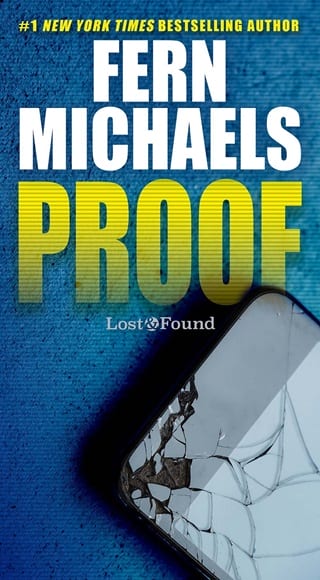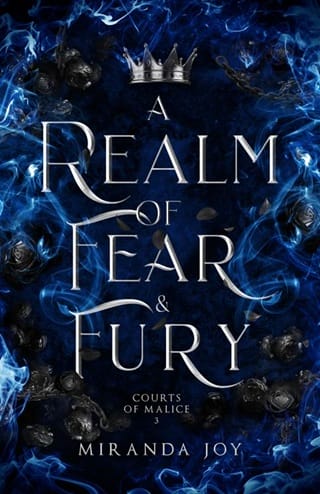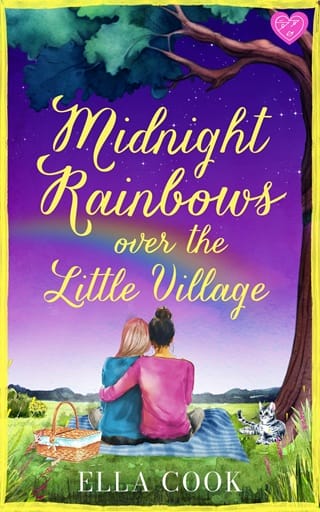Prologue One
Stillwell Art Center Buncombe County, North Carolina
S tillwell Art Center was coming up on its third anniversary. The forty-acre complex was home to a two-story lavish building where dozens of artists occupied glass-enclosed workspaces overlooking a meticulously landscaped atrium in the center. The rear of the building had large glass sliding doors that opened to a stone patio with café tables. Beyond the patio was an equally meticulous park where visitors could bring their dogs and let them run in a designated area, where they were supervised by an attendant.
The genius behind the artisan village was Ellie Stillwell, a seventy-something former art professor. It was when her husband Richard passed away that she discovered how much money her real estate, bonds, and investments were worth, and that the farm and land she'd inherited from her family spanned hundreds of acres.
Ellie and Richard had never had children. The farm, Richard's law practice, her position at the college, and their dogs were all they needed. But Ellie wanted to leave a legacy, something for the community of artists, and for the community as a whole. It took almost two years and a lot of council meetings, surveys, revisions, building plans, and cajoling before they broke ground. Initially many of the council members were dubious about the viability of an art center outside Asheville, North Carolina. Who would go watch people paint? Throw pottery? Ellie had ready answers: It would be a place of interest. A destination. She explained that the atrium would be surrounded by gourmet shops, where people could purchase sandwiches, salads, pastries, cheese, wine, tea, and coffee between visits to the many artists' studios, where they could watch the artists at work—and hopefully purchase something. Strategically placed café tables in the atrium as well as on the outdoor patio would provide a place to eat and relax. In addition to the elegant food court, Ellie would allow community organizations to hold their events free of charge.
She continued to explain and defend her ideas, including Thursday nights devoted to music, when people could listen to smooth jazz or a string ensemble.
After much debate, she won over the council and began the year-long construction.
Not only was the Stillwell Center artist-friendly, but it was also dog-friendly and kid-friendly. Well, sometimes kid-friendly, depending on which entitled group of wine-slugging women showed up. Some days a particular group of women came with their undisciplined children—and no nannies—which gave Nathan Belmont, head of security, a run for his money. Literally. One time he chased a five-year-old over three hundred yards through the well-kept gardens. The tipsy mother hadn't noticed her child was missing until Nathan carried him back into the atrium. It wasn't a daily event, and everyone knew who that little group of designer clotheshorses were, so they were prepared when the women and their offspring appeared for a version of Chuck E. Cheese.
While Ellie would never proclaim whose art she preferred, she'd developed a strong bond with Luna Bodhi Bodman, the occupant of The Namaste Café. Luna had once been employed as a social worker in child psychology, but her real passion leaned toward the metaphysical. Ever since childhood, she'd had a way of knowing things. A gift, some would say. She could read people like an open book, and she would do cold psychic readings for customers if they were so inclined. A large easel and drawing pad were her medium. When people came seeking advice, she would stand behind the easel and draw whatever images came to her. It was uncanny, as Ellie discovered when Luna told her things about Richard that no one could have known.
Luna was very low-key when it came to providing insight to customers, even though her reputation was well-known. She never solicited. They had to ask. Luna's bohemian wardrobe, granny glasses, and waist-long hair might have been a clue as to her practice, but then again, it was an art center, and many of its denizens wore unconventional clothing.
Luna's older brother Cullen took the corner spot on the first floor, next to her café. When he'd graduated from college, he was employed in an office doing office-type things. The type of things that weren't fulfilling for him. When their parents retired from their antiques business, Cullen took it over and expanded it to include restoration, then became a master craftsman, resuscitating discarded furniture.
The third person in Ellie's close-knit group was Lebici "Chi-Chi" Stone, a stunning woman whose hand-crafted jewelry was an extension of her beauty. Her parents had brought her and her brother to the States when she was nine. Before moving, her father worked in Kano, Nigeria, and was employed making ceremonial bowls. Chi-Chi showed an interest in the craft at an early age. As she grew, so did her fascination with jewelry. She studied metalsmithing after high school, and during her summer breaks, she visited Nigeria and brought gemstones back to incorporate into her work. Now, at thirty-nine, she was renowned for her jewelry, which fetched anywhere from 500 up to thousands of dollars for custom pieces. Chi-Chi and Luna had become best friends, and a romance between Cullen and Chi-Chi began to grow. They often had dinner together, and when Luna's love interest, Marshal Christopher Gaines, was in town, it was always a cheerful occasion. Unless Luna was on one of her missions to solve a mystery, which usually involved one of the items in Cullen's workshop. Then it became a madcap adventure that drew all of them into Luna's world of mystery.
 Fullepub
Fullepub 



